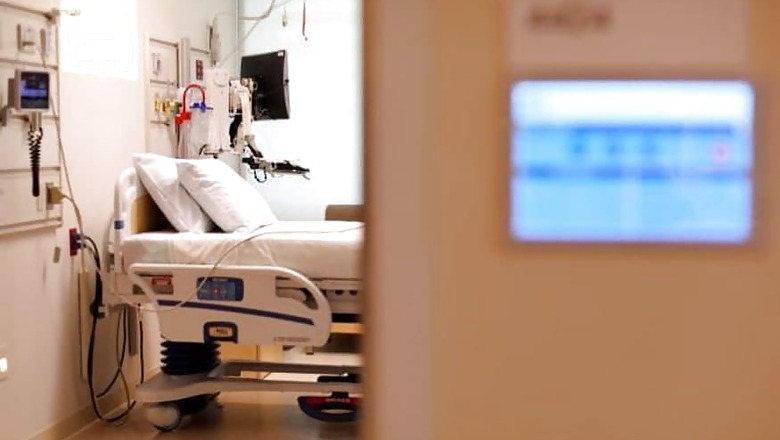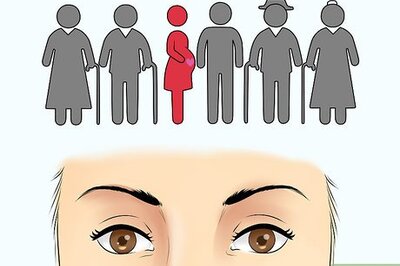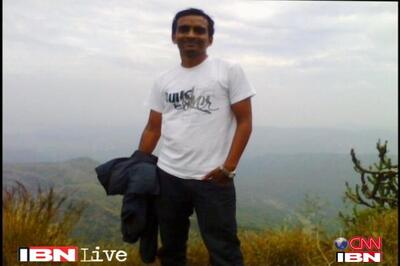
views
New Delhi: With no health coverage for 100 crore people of the 135 crore strong population in India, the nation has ranked 56 among 100 nations in a global study published by The Lancet.
Launched at the Universal Health Coverage Forum, Tokyo on December 13, the Global Monitoring Report 2017 (GMR 2017) revealed that at least half of the 7.3 billion global population still doesn’t have full coverage of essential health services.
Thus, only 27% of the global population has access to crucial healthcare services.
The number of people who need and don't have this facility available to them is alarming.
According to the report, more than 1 billion people live with uncontrolled hypertension, over 200 million women are inadequately covered for family planning, close to 20 million infants do not get the required immunisations to protect them from diphtheria, tetanus and pertussis.
The report has been put together by the World Bank and the World Health Organisation in India.
The index — ranging between 0 and 100 — shows that coverage of essential services is poorest in sub-Saharan Africa, followed by South Asia, with the best of facilities available in East Asia, Northern America and Europe.
The Global Monitoring Report further suggests that a lack of health coverage often means people pay out of their own pockets and this is known to push people into poverty and prevent them from coming out of it. About 100 million people in the world are still being pushed into “extreme poverty” (living on $1.90 or less a day), which is still better that the 131 million in 2000.
In India, 4.16 percent of people were pushed to ‘extreme poverty’ due to medical expenses and the report added that more than 122 million people around the world were pushed below the $3.10-a-day poverty line and are now officially classified as “poor,” a population that has increased by 1.5 percent per year. In India this incidence of impoverishment was 4.61 percent.
India's 56th rank can be credited to its poor performance on a range of health indicators that the report has listed, some good some glaringly bad.
There is a 72 percent satisfaction of family planning demands according to modern methods, in line with global average of 78 percent in 2016. Curiously, this figure comes a day after another study in The Lancet pointed out the high number of abortions and unwanted pregnancies in India.
The report further states that India has 44 percent effective tuberculosis treatment, which was 50 percent across the world in 2016, 45 percent antenatal care, 44 percent basic sanitation (68 percent globally in 2015), 77 percent health seeking behaviour for child pneumonia. However, its lack of healthcare providers remains an issue, as there are only 0.7 physicians per 1000 persons, 0.3 psychiatrists for 100,000 people, 2.6 surgeons for 100,000 people and 6.6 hospital beds for 10,000 people.
According to the report, it's the lower and lower middle income countries that suffer the from lack of essential maternal and child healthcare services. Globally, only 17 percent mothers and children in the poorest fifth of the households receive at least six of seven basic maternal and child health interventions as compared to an average of 74 percent in the wealthiest fifth of the households.
Additionally, another 9 percent of mother and child in the poorest fifth do not receive any of the seven basic interventions.
Catastrophic expenditure — where people spend 10 percent of their household budget on health care — often prevent people from spending on schools fees or adequate nutrition.
These numbers have increased by over 3 percent a year globally and over 800 million people — almost 12 percent of the world’s population — now spend at least 10 percent of their household budgets to pay for healthcare. In India, the number is at 17.33 percent.



















Comments
0 comment